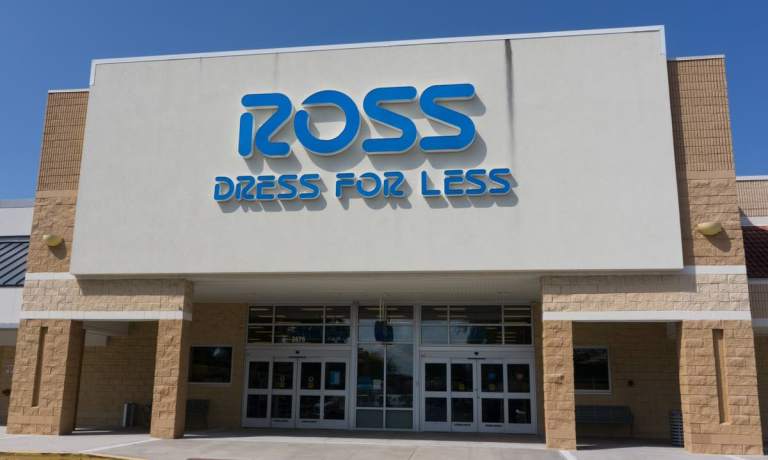The inflation-fueled quest by shoppers to maximize every dollar clearly hasn’t helped discount fashion retailer Ross Stores, which saw its stock dip almost 25% early Friday (May 20) following a first-quarter earnings report that was filled with unmet goals and revised future expectations.
Ross’ sales dipped about 5% to $4.3 million for the three months ending April 30 according the company said in a press release, adding that its inventory levels also rose nearly 60% for the quarter.
“We are disappointed with our lower-than-expected first quarter results,” Chief Executive Officer Barbara Rentler said in the company press release Thursday (May 19). “Following a stronger-than-planned start early in the period, sales underperformed over the balance of the quarter.
“We knew fiscal 2022 would be a difficult year to predict, especially the first half when we were facing last year’s record levels of government stimulus and significant customer pent-up demand as COVID restrictions eased. The external environment has also proven extremely challenging as the Russia-Ukraine conflict has exacerbated inflationary pressures on the consumer not seen in 40 years,” she said.
Related: Deep Discounter Ollie’s Says Consumer ‘Trade-Down Effect Is Coming Soon’
Ross’ Q1 performance shows that not all retailers are feeling the “trade-down effect” that discount retailer Ollie’s said in March would come with escalating inflation rates.
Advertisement: Scroll to Continue
“I don’t think we’ve seen the trade down effect hit us yet, but I’ve got a real strong feeling it’s coming pretty soon,” Ollie’s CEO John Swygert told analysts on the company’s Q4 earnings call.
Although 80% of its sales come from the 12.6 million repeat customers who belong to its Ollie’s Army loyalty program, consumers who have never shopped in a Bargain Warehouse before will have 45 new places to do so this year, as the company moves forward with a brisk new store opening plan en route to 1,050 locations.
It’s not just consumers that are looking for bargains, Swygert said — the present economic climate of supply chain constraints and rising costs also has companies looking to offload their odd lots and loose ends at an unprecedented rate.




